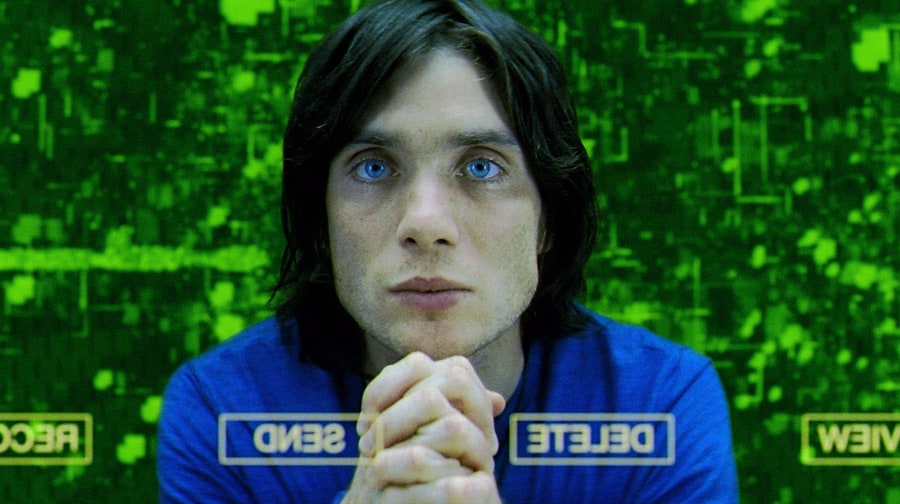
One of the great pleasures of watching a movie for the first time is being surprised by it. There are few movies, however, that can claim to be truly surprising, to take the viewer on a journey they couldn’t have anticipated when first arriving at the theater (or pressing play at home).
When it does happen, those surprises usually come from unexpected plot turns and twists, but an even rarer event is a genre shift halfway through, when the filmmakers rearrange our perceptions not only of the story, but of the very nature of the movie itself.
It’s a difficult trick to pull off, which is why it doesn’t happen very often. If a skilled director can pull it off, though, it makes for a unique and unforgettable experience, and this list has gathered some of the very best examples of that.
10. Sunshine (2007)
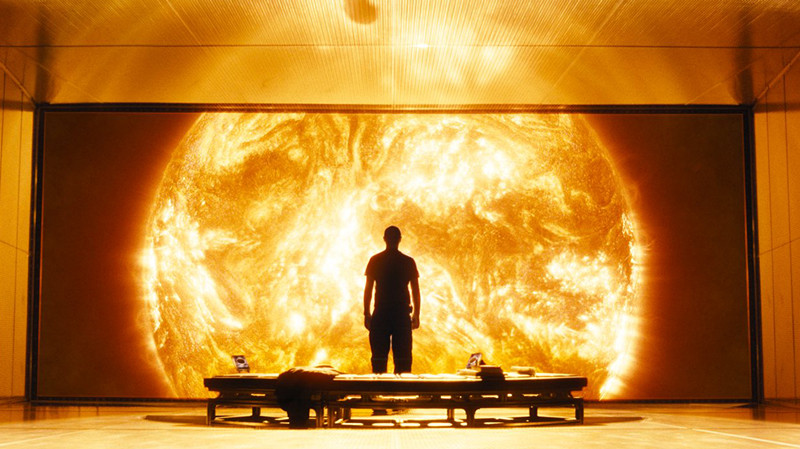
The catch-22 with a genre flip is that, if the filmmaker does their job well, the turn will be unexpected enough to surprise an audience – but that also means risking alienating the people who were enjoying a certain kind of film and suddenly find themselves watching something else entirely.
One of the most notorious examples of this dichotomy is “Sunshine,” Danny Boyle’s space-bound sci-fi that becomes basically a serial killer/slasher horror movie in its third act. To this day there’s still a debate around it: some believe the tonal twist is unearned and ruins the film, while others argue that the reveal is what makes it interesting and distinctive at all.
It’s understandable why “Sunshine” causes more controversy than other pictures that go for similar reversal of expectations: the genre shift here is not gradual but sudden, almost to the point of causing whiplash. That, however, is very purposeful on the part of Boyle and Alex Garland (who wrote the film) and so, whatever one might think of the end result, the filmmakers achieved exactly what they set out to do – and how many directors and writers can claim that?
9. Side Effects (2013)
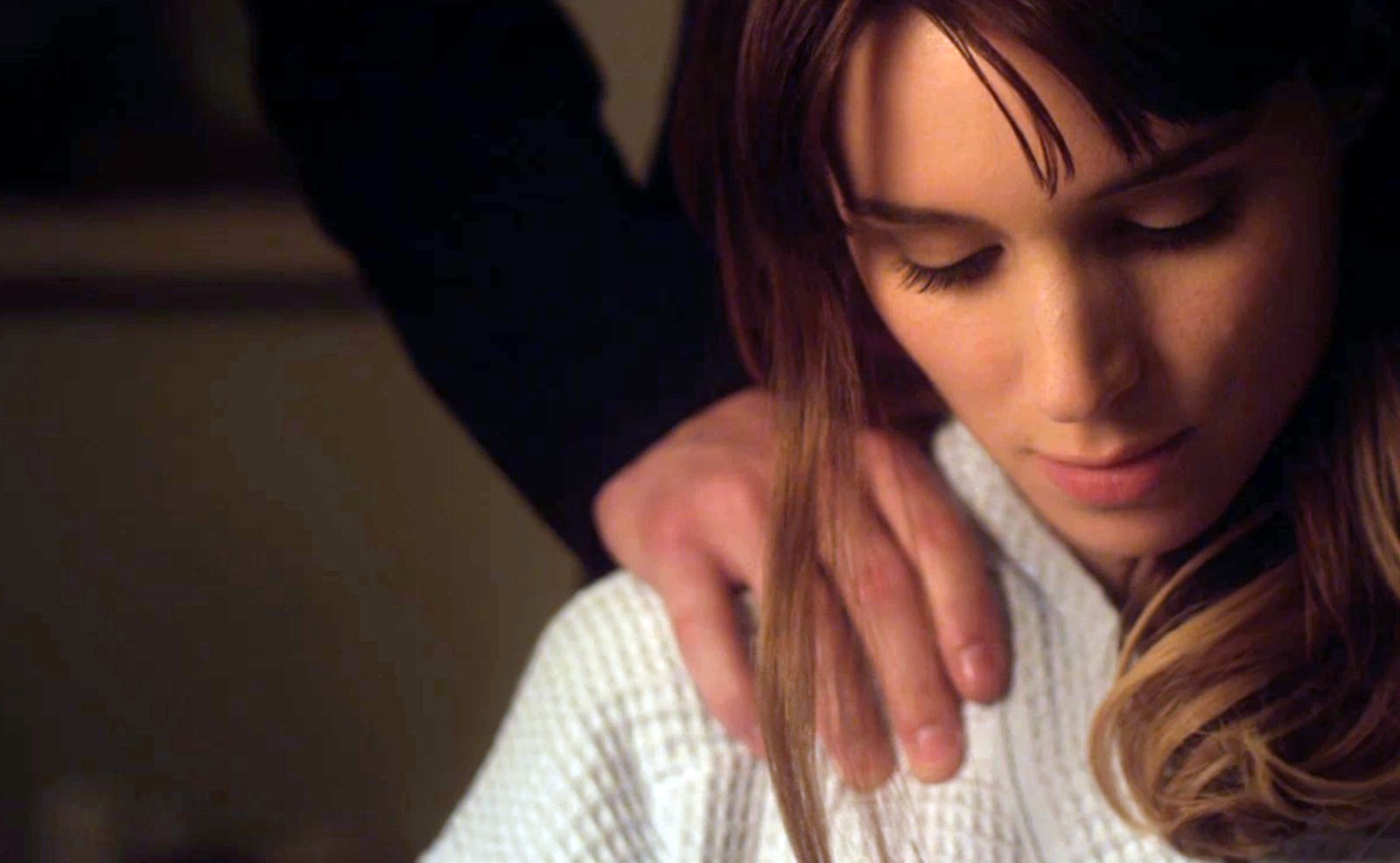
Sold at the time as Steven Soderbergh’s last movie before his retirement, “Side Effects” may have proven to be just another film preceding a brief “break” (during which, Soderbergh being who he is, directed every episode of “The Knick”), but had it been his actual final cinematic statement, the filmmaker would’ve gone out with a bang worthy of his impressive career.
One of modern cinema’s greatest chameleons, Soderbergh, in his astounding productivity, has circled almost every single genre in the book, always with a thirst for experimentation, be it in editing (“The Limey”), cinematography (“The Good German,” “Kafka”) or both (the “Ocean’s” trilogy is an excellent example of a franchise with an evolving sense of style film to film). With this movie, the director, alongside his habitual screenwriter Scott Z. Burns, crafted one of his most ingenious storytelling tricks as the narrative slowly reveals its true nature, progressing from a drama about the toll of mental illness into a psychopathic thriller.
It’s a turn that, in the wrong hands, could’ve felt cheap, but Soderbergh’s methodical construction makes it one the cleverest and most entertaining genre experiments of the last decade.
8. The Guest (2014)
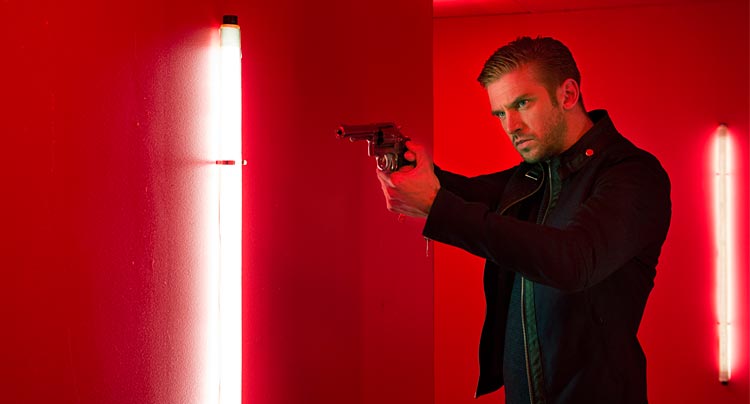
“The Guest,” Adam Wingard’s wonderfully stylish homage to ‘80s American genre cinema, juggles so many different styles that it’s difficult to point out exactly when the movie shifts definitively: is it when David, the mysterious protagonist, kills a man while buying a gun, suddenly turning the movie into a thriller? Or is it a few scenes later when his former government operatives track him down and the film morphs into an action extravaganza? Or is it even during the finale, basically a stalker horror movie, complete even with a Halloween haunted house setting?
The answer is all of the above, since “The Guest” has enough turns to be worth an entire catalog of ‘80s B-movie titles. The movie is not often thought of as an example of a genre switch due to the fact that Wingard, a competent stylist, weaves it all together through a cohesive tone and aesthetic – each new change in genre feels natural and in keeping with the overall atmosphere.
But if someone was to watch this without knowing anything about it, they would undoubtedly be surprised by seeing what initially seems like a “back from the war” kind of drama evolve into a bonkers genre offering.
7. Bone Tomahawk (2015)
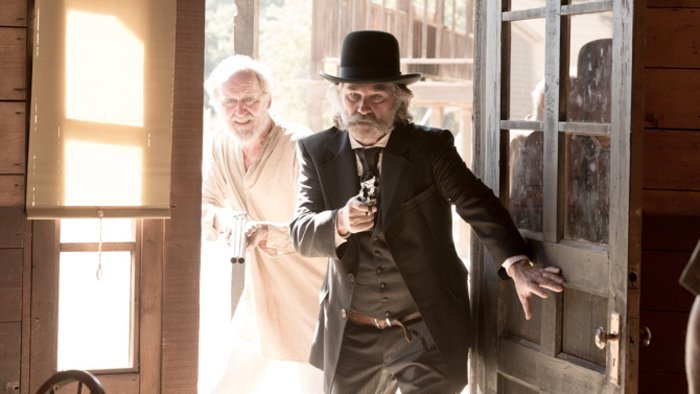
Just another one of those western cannibal horror movies we’re always getting.
Director S. Craig Zahler is somewhat of a thorn on the side of many cinephiles, since he’s involved with a number of questionable and reactionary elements in the movie business, a worldview in which he seemingly partakes (despite claims to the contrary) and that comes through in his subsequent movies (even though the conservative posturing often seems more provocation than genuine belief). However, regardless of how much his thematic predilections bother critics, they cannot ignore his work or write him off as a hack, since Zahler is a genuinely gifted and unique filmmaker.
With “Bone Tomahawk,” his debut, he arrived with a fully formed style: the hyper-masculine tone; the patient, deliberate pacing; the pulpy but literary quality of his writing; the absurdly brutal and visceral bursts of violence; all of which that have now become his auteurist trademarks were already in full fledged effect in this western turned horror. Since it’s Zahler, of course this turn is as slow burn as it gets, but when it comes it’s genuinely shocking to see the film shift from an excellent but pretty traditional western to an extremely gory and graphic horror movie about cannibals. What’s more impressive, however, is how competent the movie is at both its halves, melancholic and horrifying in equal measure.
6. One Cut of the Dead (2019)
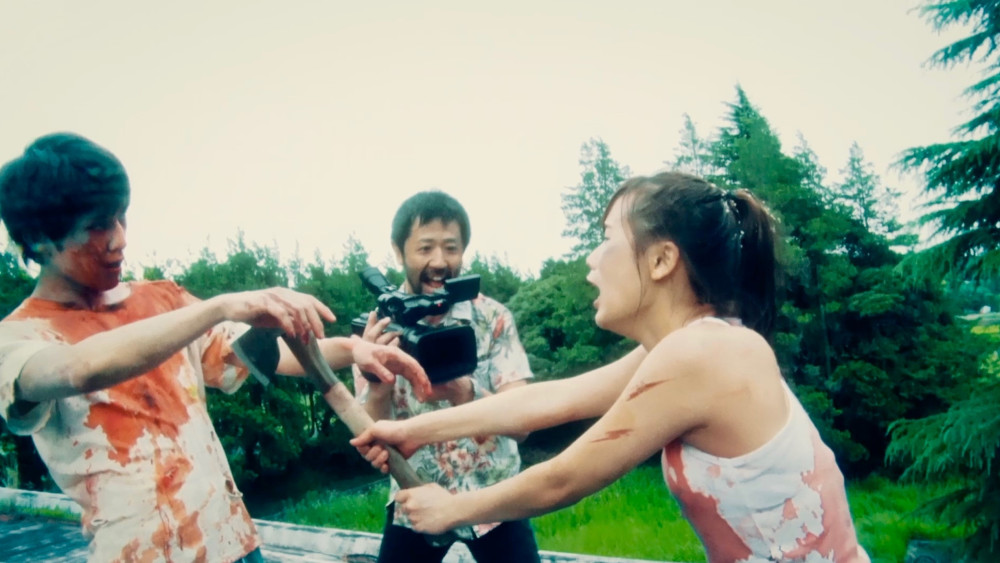
One of the best reviewed movies of 2019, even making it into several “Best of the Year” lists, “One Cut of the Dead” is still very underseen, an unforgivable crime considering this is one of the funniest, most original, clever and ultimately heartwarming odes to the challenges and joys of filmmaking in a long, long time.
But none would guess that from the movie’s first half, which plays like the crummiest, lowest budgeted zombie movie ever made; the crudeness of it all is so in-your-face that even some fans of the film admit getting through this initial part can be an arduous task. Eventually, it becomes clear it was all purposeful, of course – the second half shows the story of how that movie was made, from the pre-production to the hilariously complicated shoot. In retrospect, the apparent amateurishness of the beginning can be appreciated as an ingeniously crafted part of the movie within a movie conceit; both plausible within the context of the story and also entertaining by itself in its own twisted way – once you know the con the movie is playing on you.